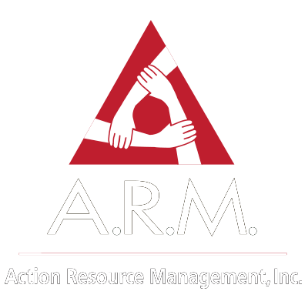 Planning for safety is the best way to keep a safe work environment for yourself and those you work with. Cutting corners and taking shortcuts can lead to damaged equipment, lost orders and time, and most important of all, injuries and even death. Employers post safety guidelines for a reason – take the time to read and understand them. Remember, plan ahead to work a safe shift!
Planning for safety is the best way to keep a safe work environment for yourself and those you work with. Cutting corners and taking shortcuts can lead to damaged equipment, lost orders and time, and most important of all, injuries and even death. Employers post safety guidelines for a reason – take the time to read and understand them. Remember, plan ahead to work a safe shift!
Here are some safety tips to keep in mind:
1. Keep work areas clean. Reduce injuries like slips, trips, falls, lacerations, sprains, strains, etc., by keeping work areas organized and clean.
2. Use the proper tool for the job. Using the wrong tool for the job can result in an injury or damage to the tool, which can lead to an injury in the future.
 3. Always wear the proper PPE for the work task. PPE – Personal Protective Equipment – is the last line of defense when protecting yourself from the hazards of your work. If you come into contact with a hazard when not wearing the correct PPE, you risk a more severe injury than if you were wearing it.
3. Always wear the proper PPE for the work task. PPE – Personal Protective Equipment – is the last line of defense when protecting yourself from the hazards of your work. If you come into contact with a hazard when not wearing the correct PPE, you risk a more severe injury than if you were wearing it.
4. Never work on live equipment. Always follow proper lock-out/tag-out procedures prior to performing any maintenance or repair work on equipment. If you’re not sure, consult the manual or ask your supervisor.
5. Keep chemicals appropriately labeled and stored. OSHA issues many citations regarding hazard communication every year. Improper labeling and storage can lead to injuries or property loss due to fires, corrosion, etc.
 6. Communicate hazards to coworkers, and follow your employer’s hazard guidelines. When work plans or conditions change, take the time to inform others of the impacts the changes have on safety.
6. Communicate hazards to coworkers, and follow your employer’s hazard guidelines. When work plans or conditions change, take the time to inform others of the impacts the changes have on safety.
7. Stop work when needed to address hazards. Stop work to get hazards addressed so it’s safe to continue the task. This is never a waste of time.
Learn more about A.R.M. here.
